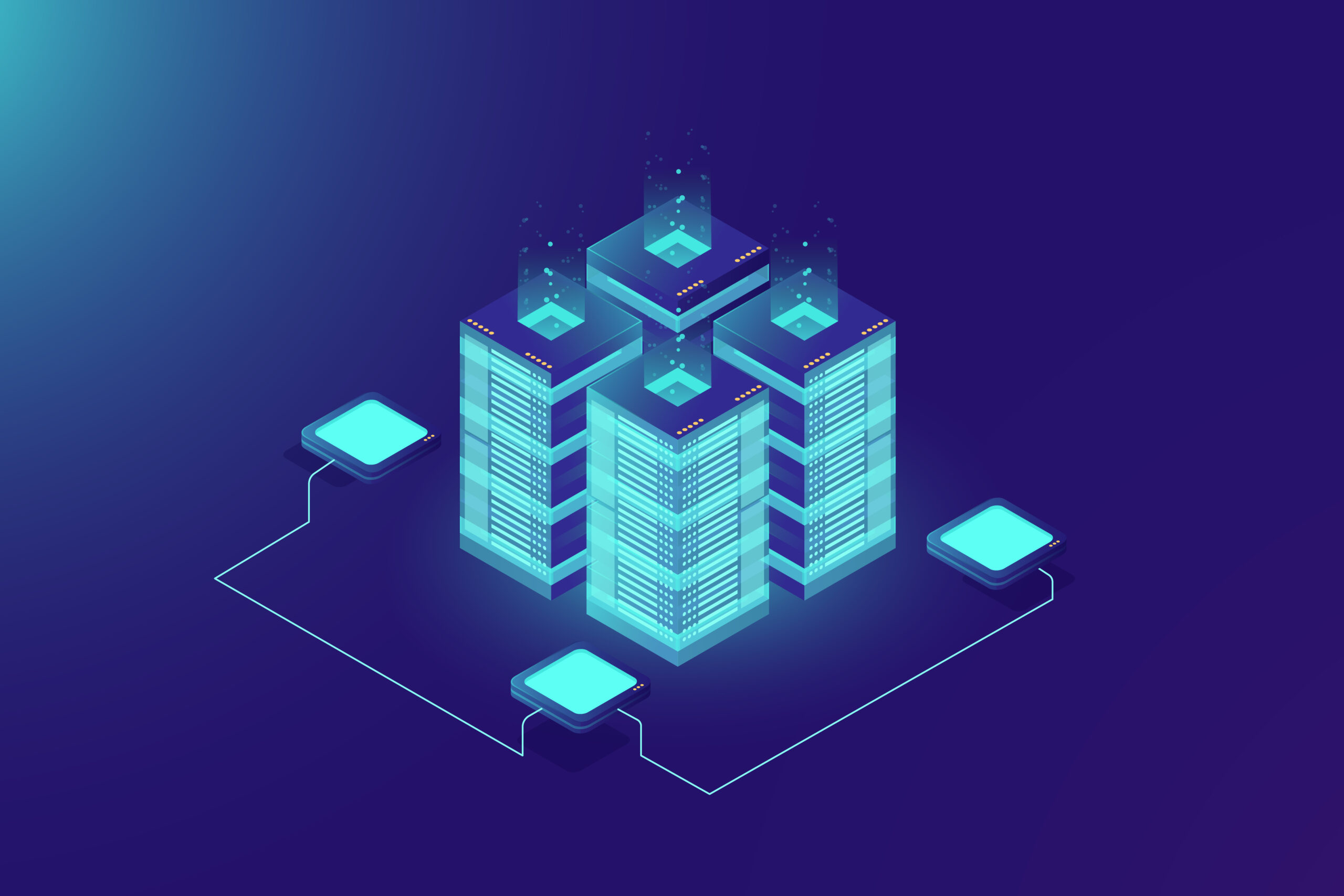A Deep Dive into Kubernetes Resource Limits
In the dynamic realm of IT, where applications rule and scalability is a prime concern, Kubernetes has emerged as a game-changer. At the core of Kubernetes’ orchestration lies the concept of resource limits – a crucial aspect often overlooked by many. In this article, we’re going to unravel the significance of Kubernetes resource limits and how they serve as the linchpin for maintaining optimal performance and rock-solid stability in your containerized applications.
Imagine a busy city where resources like water, electricity, and space are finite. Similarly, within a Kubernetes cluster, each pod requires a specific amount of resources like CPU and memory to operate efficiently. Resource limits define the maximum allocation of these critical resources for a given pod. They ensure that a single misbehaving pod doesn’t devour all the resources, leading to performance bottlenecks or even system crashes.
In the absence of resource limits, a rogue pod can monopolize the available resources, adversely affecting other pods and overall cluster performance. Resource limits act as a guardrail, confining each pod to its allocated resources. This prevents any single pod from turning into an insatiable resource hog, safeguarding the stability of your application ecosystem.
Predictability is key in IT operations. By setting resource limits, you’re essentially creating a predictable environment for your applications. When a pod’s resource consumption nears its limit, Kubernetes takes appropriate measures to ensure that other pods in the cluster remain unaffected. This predictability translates into consistent application performance, regardless of fluctuations in workloads.
Ever been bothered by a noisy neighbor in an apartment? In the Kubernetes world, this translates to a resource-hungry pod affecting neighboring pods. With resource limits, you can mitigate the noisy neighbor syndrome. Even if one pod experiences a sudden spike in demand, it won’t encroach upon the resources of adjacent pods, maintaining an equilibrium in your cluster.
Resource limits encourage efficient utilization of cluster resources. When pods are allocated only what they truly need, there’s less wastage and more room for other workloads. This optimization can lead to cost savings, as you’re not provisioning excess resources that go unused.
When a pod behaves unexpectedly or crashes, diagnosing the issue becomes a priority. Resource limits play a pivotal role here. If a pod is consistently hitting its limits, it’s a clear indicator that it needs more resources to function correctly. Conversely, if a pod isn’t utilizing its allocated resources efficiently, there might be underlying issues that require investigation.
In the intricate dance of containerized applications, Kubernetes resource limits emerge as the unsung heroes. They provide the structure, stability, and predictability needed to ensure your applications run smoothly in a cluster environment. By implementing resource limits, you’re not just preventing resource contention; you’re establishing a foundation for a harmonious application ecosystem. So, as you traverse the Kubernetes landscape, remember that resource limits aren’t just a technical checkbox – they’re the guardians of your application’s performance and reliability.




